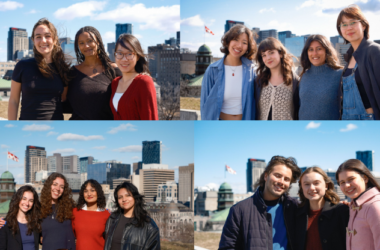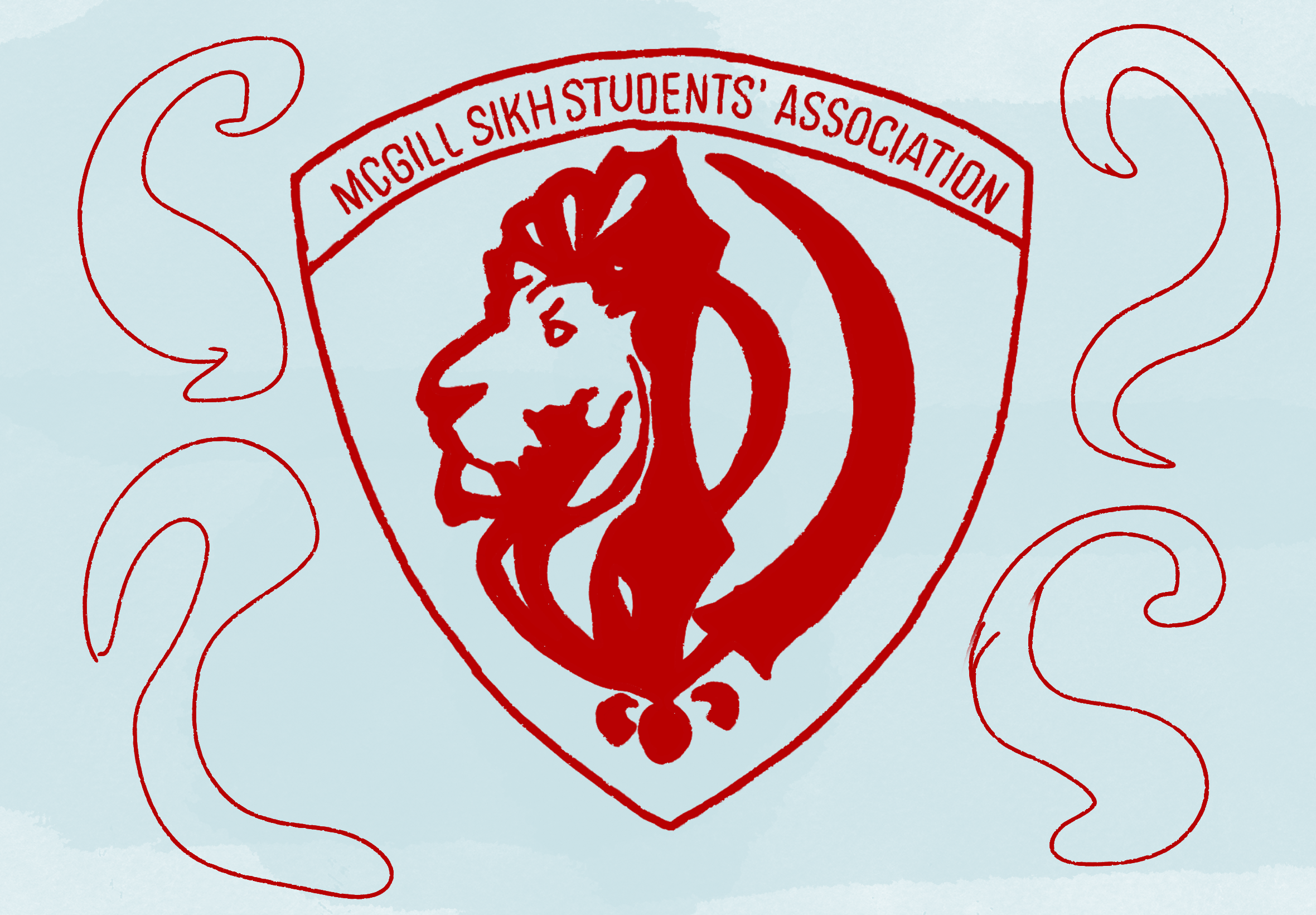I spent the last week prodding and poking my hands for the sake of anxiety relief, mostly due to midterms and projects that had been thrown at me. Of course, the poking and prodding has a more eloquent name: Reflexology. Reflexology is the systematic application of pressure directly to the hands, feet, and ears, with the goal of reducing anxiety and stress. I tried reflexology in order to destress and calm my anxiety.
It wouldn’t have helped my stress to take my time to search for a professional and shell out a portion of my limited funds, so I decided to become my own reflexologist. Using a how-to article on healing.about.com titled, “Ten Step Hand Reflexology Treatment,” as my guide, I began my own do-it-yourself reflexology session.
A 2011 study published in the Journal of Korean Academy of Nursing on the effects of reflexology explored various bodily processes, including stress, in female undergraduate students. After student subjects participated in three one-hour reflexology treatment sessions per week, author Young-Mee Lee found a decrease in their feelings of stress and cortisol levels—also known as the “stress hormone”—levels.
Another study published in 2007 in Complentary Pratices in Clinical Practices charted the correlation between reflexology and anxiety, cardiovascular parameters, cortisol, and melatonin levels. The authors’ findings showed that reflexology helped those who were in a temporarily anxious state, yet did little to help those who dealt with chronic anxiety disorders.
I timed my reflexology session strategically as a study break in the middle of a long day at the library. As per the how-to guide, I first pinched the tips of my fingers and then tugged each finger gently. Next, I massaged the inside of my wrists and palms. I made sure to knead firmly into my palm, to relieve the tension in my hand. Finally, I pressed right into the centre of my palm to centre myself. After about ten minutes, I realized I had stopped thinking about school work and was instead focused on how I felt.
My normally cold hands felt warm as blood rushed to them. I found it easy to ignore the sounds and sights around me, focused in a moment of relief. This only lasted for a second, though. Almost too quickly, I turned back to my task at hand. My mind slipped back into its normal progression of stressful thoughts.
I repeated this activity every day for a week thereafter. The hardest part was not the massage itself, but simply stopping at any point of the day and giving myself 10 minutes to do this simple exercise.
It was hard to remember that the whole purpose of reflexology was to feel more relaxed. It’s almost counterintuitive how easy it is to ignore self-care, especially when stressed.
After five days of daily self-reflexology sessions, I genuinely felt better. But, could I really say that the less than an hour of my time that I put into this was really the cause of my happier mind?
Unfortunately, I found the 2007 study’s conclusion to be more relevant than the 2011 study. The stress and anxiety relief I felt from self-reflexology treatments were fleeting, and I knew that these negative feelings would return within the hour.
Overall, I found that reflexology is ideal for situations where I’m overwhelmed by long lists of tasks and impending due dates. This technique forces one to stop and focus on something other than schoolwork for 10 minutes. Essentially, it gives my mind a break, as if all the energy that’s been constantly rushing to my frantic brain is redirecting itself through my arms, to my palms, and finally to my fingertips. It doesn’t cure chronic stress, but sometimes 10 minutes of relief is all one needs.









